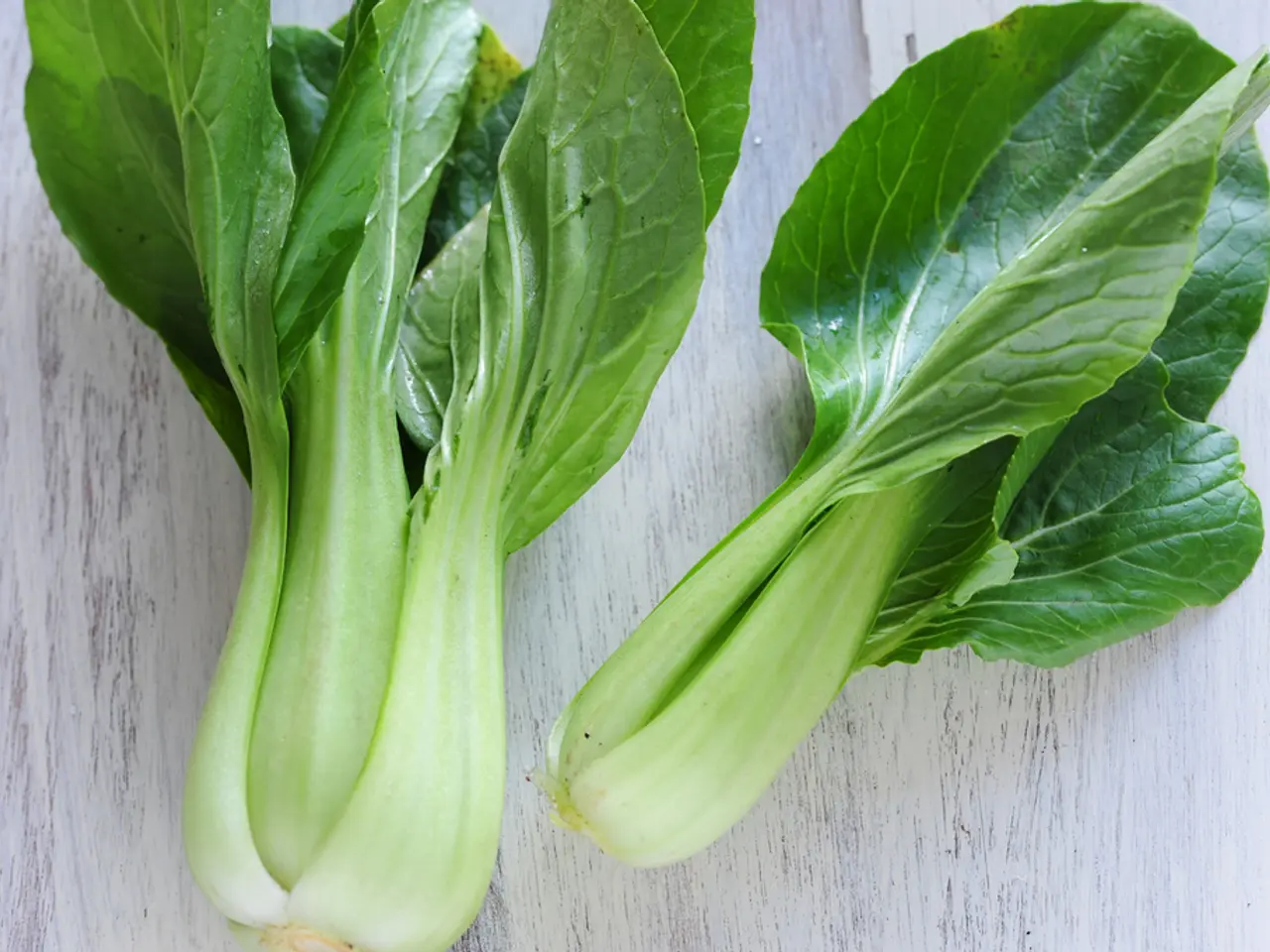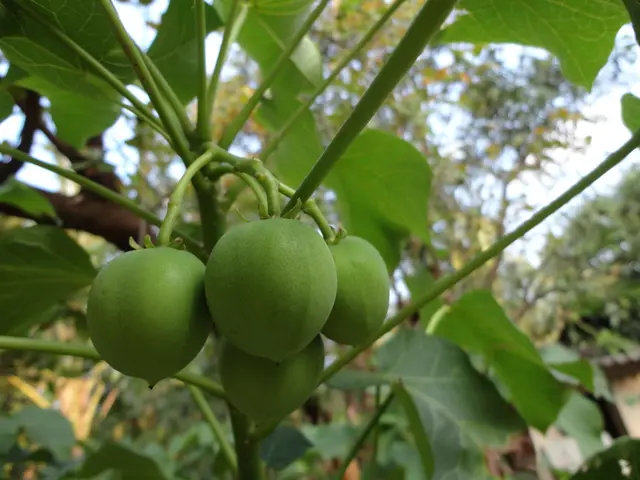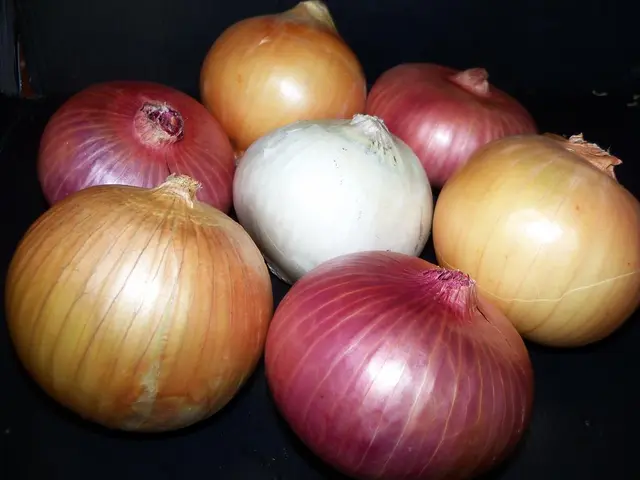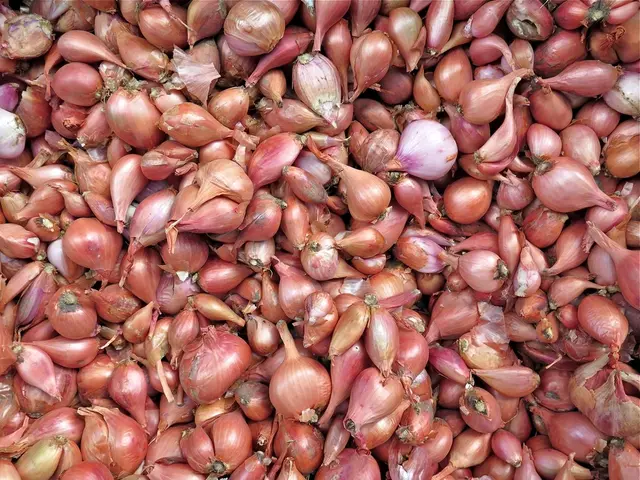Guide on Growing Cruciferous Vegetables: Essential Facts for Successful Cultivation of These Popular Crops
In the realm of horticulture, the terms 'cruciferous vegetables', 'Brassica vegetables', and 'cole crops' may seem interchangeable, but they each have distinct meanings based on botanical classification and common usage.
Cruciferous vegetables, a broad group from the family *Brassicaceae* (also known as *Cruciferae*), are known for their four-petaled, cross-shaped flowers and a slightly bitter taste due to the presence of glucosinolates, which contribute to potential cancer-fighting properties. This diverse group includes many leafy greens and root vegetables, such as broccoli, cabbage, bok choy, and arugula.
Brassica vegetables, on the other hand, are a subset of cruciferous vegetables specifically from the *Brassica* genus. They include many widely cultivated vegetables derived from wild cabbage (*Brassica oleracea*). Varieties include broccoli, cauliflower, kale, cabbage, Brussels sprouts, turnips, rutabaga, and radishes. These vegetables are often classified by edible plant parts such as flower heads (broccoli), leaves (kale), or roots (turnips).
Cole crops, a traditional horticultural term, refers to Brassica vegetables, especially those with edible stems or heads. The name derives from Latin *caulis* meaning stem or stalk. It usually refers to agricultural Brassica crops like cabbage, broccoli, cauliflower, kale, Brussels sprouts, and collards.
In essence, all cole crops are Brassica vegetables, all Brassica vegetables are cruciferous vegetables, but not all cruciferous vegetables are Brassica. This hierarchical relationship helps clarify the categorization of these nutrient-rich, disease-fighting vegetables.
Growing these vegetables requires careful attention. They are heavy feeders and may need enrichment with compost. Moreover, they are susceptible to various diseases and pests, such as Anthracnose, Bacterial leaf spot, Black leaf spot, Black rot, Downy mildew, Peppery leaf spot, Root-knot, White spot fungus, White rust, and pests such as Aphids, Beet armyworm, Cabbage looper, Cabbage maggot, Corn earworm, Cross-striped cabbageworm, Cutworms, Diamondback moth, Flea beetles, Imported cabbageworm, Nematodes (which cause root-knot), Slugs and snails. To protect them, it's best to rotate the location of all cruciferous vegetables in your garden each year.
These cool-season vegetables are not only nutritious but also high in fiber. They should be planted in well-draining soil with a pH of 6.0 to 6.8, in full sun. Some examples of cruciferous vegetables include arugula, bok choy, broccoli, Brussels sprouts, cabbage, cauliflower, collard greens, kale, kohlrabi, and radish, among others.
Amy Grant, a professional chef and caterer with 30 years of gardening experience and 15 years of writing, is an expert in culinary gardening. She emphasizes the importance of not planting a cruciferous vegetable where a cruciferous vegetable was planted last year to avoid disease and pest buildup.
In most cases, the leaves or flower buds of cruciferous vegetables are eaten, but there are a few where either the roots or seeds are also consumed. Start plants inside early before the last frost in your area for later transplant or direct sow as soil temperatures warm in the spring. A second crop can be started in the later summer for a fall harvest.
References: [1] Rhoades, H. (n.d.). Cruciferae. Retrieved from https://www.thespruce.com/cruciferae-family-3178892 [2] Rhoades, H. (n.d.). Brassica Vegetables. Retrieved from https://www.thespruceeats.com/brassica-vegetables-2247272 [3] Rhoades, H. (n.d.). Cole Crops. Retrieved from https://www.thespruce.com/cole-crops-3178891 [4] Rhoades, H. (n.d.). Brassicaceae. Retrieved from https://www.thespruce.com/brassicaceae-family-3178890 [5] Brassicaceae. (2021, April 13). In Wikipedia. Retrieved from https://en.wikipedia.org/wiki/Brassicaceae
The home-and-garden enthusiast may find joy in cultivating cruciferous vegetables, a diverse group of plants from the Brassicaceae family, which include Brassica vegetables, such as broccoli, cauliflower, and kale. Gardening cole crops, specifically those with edible stems or heads like cabbage or Brussels sprouts, can be categorized under Brassica vegetables.








